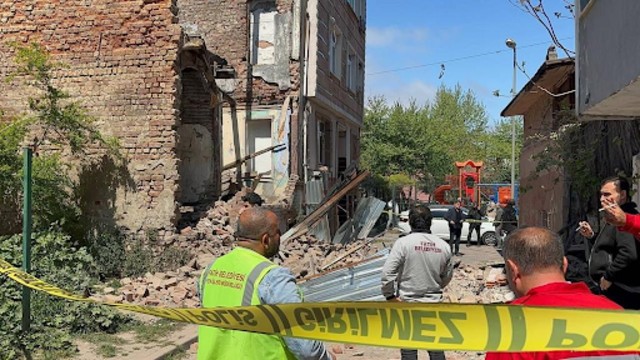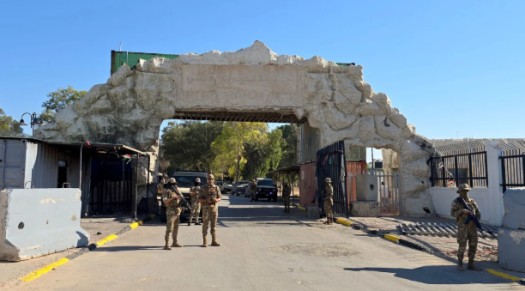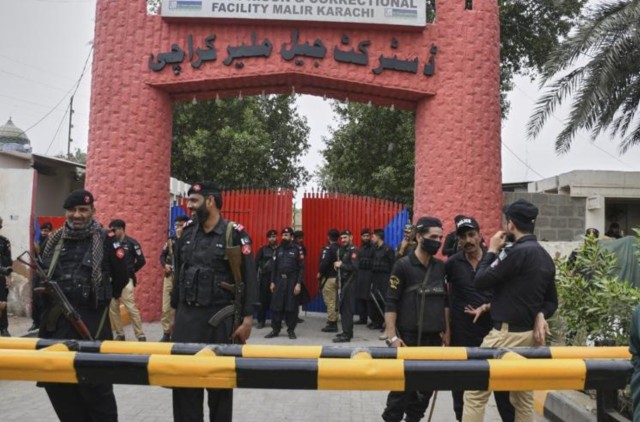
Over 150 people hurt after strong quake rattles buildings in Istanbul. BBC
A strong 6.2-magnitude earthquake hit off the coast of Istanbul on Wednesday, causing panic in the Turkish city. The quake struck in the Sea of Marmara, close to Silivri, which is about 70 kilometers (40 miles) west of Istanbul. Authorities say that aftershocks have continued since the initial tremor, adding to the unease.
The Disaster and Emergency Management Agency (AFAD) reported that no lives were lost, but 151 people were injured. These injuries mainly occurred as people jumped from heights due to panic. Fortunately, there was no major damage to residential buildings, though an abandoned building collapsed in Istanbul’s Fatih district.
Turkey's interior minister, Ali Yerlikaya, explained that the earthquake lasted for just 13 seconds and occurred at a depth of 7 kilometers. So far, authorities have recorded 51 aftershocks, with the largest being a 5.9 magnitude tremor. Yerlikaya urged citizens to remain cautious, warning that more aftershocks could follow.
The earthquake caused significant alarm, with approximately 6,100 emergency calls made to authorities, mostly for information. One of the more striking moments occurred when CNN Turk’s anchor, Meltem Bozbeyoğlu, was broadcasting live as the quake shook the studio on air.
This earthquake serves as a reminder of Turkey's vulnerability to seismic activity. In February 2023, the country experienced one of its deadliest earthquakes in recent history, a 7.8 magnitude tremor that struck the southern Gaziantep province and affected northern Syria. That disaster killed more than 50,000 people across both nations.
Turkey sits on two major fault lines: the North Anatolian Fault and the East Anatolian Fault, making it one of the most earthquake-prone regions in the world. Istanbul, with a population of around 16 million, lies dangerously close to the North Anatolian Fault. The fault runs just 20 kilometers (12.4 miles) from the city, passing through the Sea of Marmara. Historical records show that this fault has caused several major earthquakes, including the deadly 7.6 magnitude quake in 1999, which killed over 17,000 people and displaced hundreds of thousands.
Seismic activity occurs when the Earth's crust shifts suddenly, releasing energy that travels in the form of seismic waves. These waves cause the shaking that can damage buildings, infrastructure, and even harm people. Earthquakes measuring between 6 and 6.9 on the Richter scale are considered "strong," and this latest tremor falls within that category.
With Istanbul’s proximity to the fault lines, the city faces ongoing concerns about its readiness for potential larger earthquakes. The 1999 earthquake remains a painful reminder of how devastating such events can be, and many continue to worry about future quakes affecting the densely populated city.















